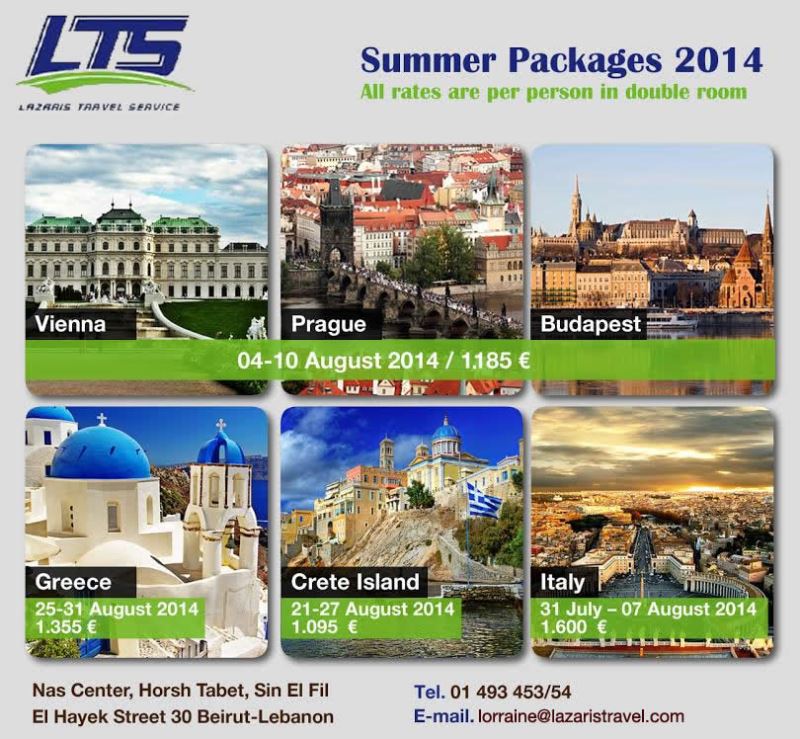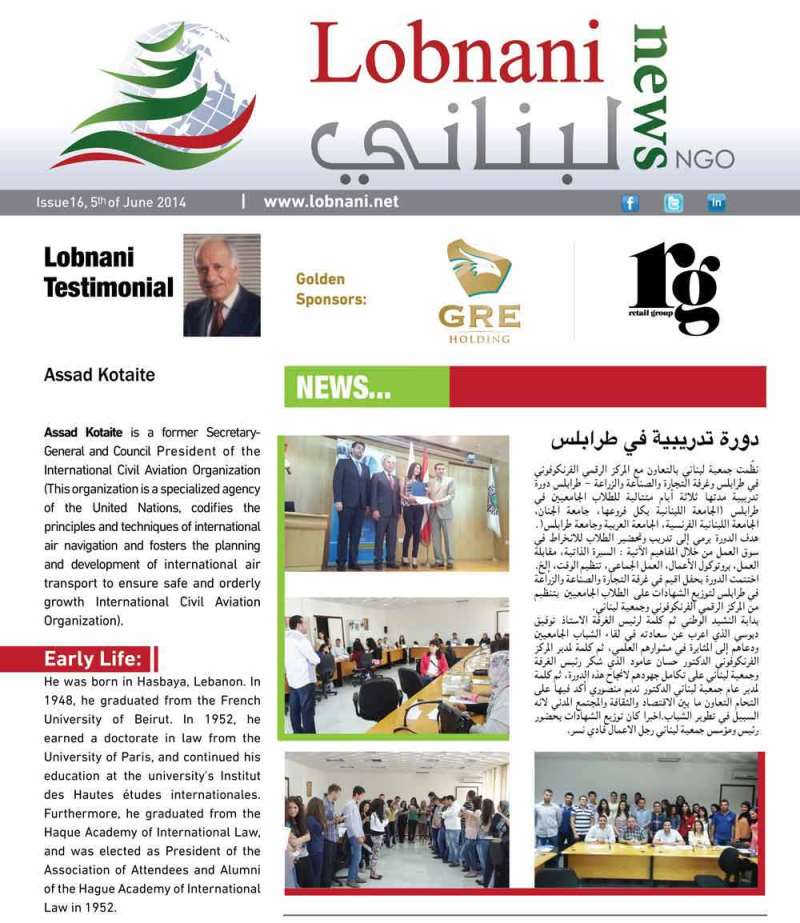
Land for Sale in Fanar
Land size: 12,000 sqm
Spectacular panoramic view
Zone A1
Next to a pine forest and includes water spring
For more info
+961-3-664622
eyemails.com/clicks1.aspx?id=[c_id]&e=[EMAIL]&url=mailto:[email protected]”>[email protected]

Land for Sale in Fanar
Land size: 12,000 sqm
Spectacular panoramic view
Zone A1
Next to a pine forest and includes water spring
For more info
+961-3-664622
eyemails.com/clicks1.aspx?id=[c_id]&e=[EMAIL]&url=mailto:[email protected]”>[email protected]

SEO tools or Search engine optimization companies are designed to help your company or personal website to raise its standing in the major search engines. Since more than 85% of the people who use the internet on a daily basis consult with a search engine to find information and sites they are interested in. To be near the top of a search engine sites results for your industry will increase your business, improve visitor traffic to your website and will attract more customers rather than just visitors. The people who find your site through a major search engine are specifically searching for keywords related to your company. This means that half the job of sales is already done in a way. The traffic you receive now is already interested or they would not have done a search for your keywords. Now you get people who are interested rather than traffic that simply stumbled on to your site by mistake. Whether you have a large storefront business or a completely on line business the internet can help you gain notoriety and more customers.
Recent research has shown that almost 40% of all the internet searches performed every day are local in intent. People have replaced their use of the yellow pages with the use of search engines. There are ten billion websites available for them to find what they are looking for rather than just the few listed in a phone book or local advertisements. It is vital as a business owner to make your presence known and to use search engine optimization tools or services to generate business.
1. Figure out criteria for the search engines you want to get on. There are thousands of search engines and directories available. Figure out which ones are a priority for you. It is often wise to ensure that you submit to all the major search engines and any local ones.
2. Get links from local sites and have them link to you The more relevant links you have and the more links going to your page will create more business on their own as well as help you meet criteria for getting listed higher in the search engine results. Have business partners, friends and associates place a link to your page on their website, and return the favor.
3. Get reviews from customers and/or suppliers. This way, if someone googles your industry and the word review you should come up in a respectable and noticeable place. It will also allow potential customers to feel comfortable with your services, seeing that others were pleased too.
4.There are more options than just submitting your site name to a search engine. You can get recognized as a top result by search engines by having a stronger presence in the area of interest. There are picture searches, video and reference options to search. Search engines generally serve up hypertext search results. Google now serves up video, photos, news, etc. in addition to hypertext. Write articles on the subject, take photos or video of your Christmas party or Charity auction and upload onto youtube or flicker with your info attached. The more relevant information that you have on the internet from you linked to your page the more traffic you will drum up.
http://www.webpositionexpert.com/top-reasons-for-seo-tools/




The fact is no medium drives offline conversation better than online marketing. In fact, our research shows that in 15% of conversations about products and 23% of conversations about services, somebody refers to something they saw online.
Yet, a key mistake made by digital marketers is allowing the effectiveness of campaigns to be measured with just digital metrics like clicks, shares, and re-tweets. None of those metrics pick up the impact of offline behavior, such as word of mouth, which can be nine times more voluminous offline than online.
So how does a marketer make sure marketing efforts work in both spaces? Here are five ways to maximize the impact of any marketing strategy.
This means content needs to focus on things that are truly surprising, funny, or exciting. People like to share things that have a strong emotional component. It’s also key that a marketer realize the story — the content — is more important than the delivery channel. This is why the Old Spice Guy campaign did so well. Its humor and sexiness made it one of the most successful viral campaigns in history.
Whenever possible, plan for digital content to be delivered at times of the day when people are likely to be in social settings, which makes conversation possible. The reason is that research shows that people are going online and talking with other people the most between 8 a.m. and 10 a.m. weekday mornings. That’s just about the time they are firing up the computers at work and saying good morning to their colleagues. This is the ideal time to deliver a digital message that will be shared offline among colleagues. Good examples would be restaurants offering an online lunch deal, or the humorous trailer for a new movie.
Make digital content “conversation friendly” because studies show that people often turn to the internet seeking information while in the middle of a conversation. They do this because they are looking to fill gaps in their conversation. For example, they may want to know where a restaurant is located. If you google “Where is the nearest Subway,” a top result is the Subway locator, which provides an incredibly quick answer to a question that might be raised in a real-time conversation about where to have lunch. Quick access to such information is critical.
About 25% of word of mouth comes from 10% of the population who are most active in making recommendations. And here we mean real-world influencers, not just people with high Klout scores. They have their own unique media usage patterns, both in terms of which media, as well as the time of day they use it. For five decades, the oil and gas industry has used these types of audiences to advocate their positions on public policy issues, and for good reason. It’s a strategy that can work for consumer categories as well.
Brand advocates are among the most frequent visitors to your site. They are looking for content they can share with others to spread the word about your products and services. These are people who return regularly and need to have fresh material to make the visit worthwhile. They’ll share what they find via their social media channels, but mostly through email and in face-to-face conversations.
http://mashable.com/2012/07/18/online-marketing-offline-marketing/

